There is so much mystery surrounding rayon fabric, but it has always been in demand for all things fashion. Since the material is elusive, there is much to learn about handling and maintaining it based on its features. One of the unique features of Rayon is its ability to shift form and copy other fabrics’ properties. Not like Mystique from X-Men.
Instead, its ‘copy-cat’ ability means that it can sometimes appear as wool, silk, cotton, and other fabrics because it blends well with them. To make it a material you can use for diverse designs, including activewear.
Although they are a highly sought-after fabric, there is still so much to learn about it, from care to the best season-to-wear clothing made with Rayon. Read on to find out everything you need to know about the rayon pieces you own.
What is Rayon?
Rayon is a type of fabric made from cellulose fibers, gotten from the pulp inside the wood after it has gone through purification. To clear the air on how to label Rayon because they are partially natural and artificial. They are classified as semi-synthetic fabric because they require some chemicals to boost the raw fiber to create the material, resulting in an airy, super liquid absorbent fabric that is quite popular in the fashion industry. Designers use it to make tops, dresses, and all forms of clothing.
Related article: 27 High Support Sports Bras for Big Busts In 2022.
Types of Rayon fabric
Rayon exists in different forms, with the commonest being the viscose rayon, for its many similarities with cotton. Another form is the lyocell, typically used to create denim outerwear.
1. Viscose Rayon
Viscose is often interchangeable with Rayon because it has the same silky properties, including losing its shape in water and becoming very soft when wet. They are the most common semi-synthetic rayon type.
2. Modal Rayon
Modal Rayon is usually a blend of cotton or spandex, and Rayon is gotten from the beech tree. The modal blend is very soft and is used in making comfy wear like lingerie and pajamas. It is also used to make towels, bed sheets, and all forms of delicate absorbent items you find in the house.
3. Lyocell Rayon
Lyocell is also made from beech trees but goes through less chemical exposure. However, it is the most expensive process of making Rayon out of the three types of Rayon. On the bright side, lyocell has more similarities with cotton, blending well with such fabric. They also can feel dry even though they possess the Rayon absorbing quality, allowing them to be more practical in versatile ways.
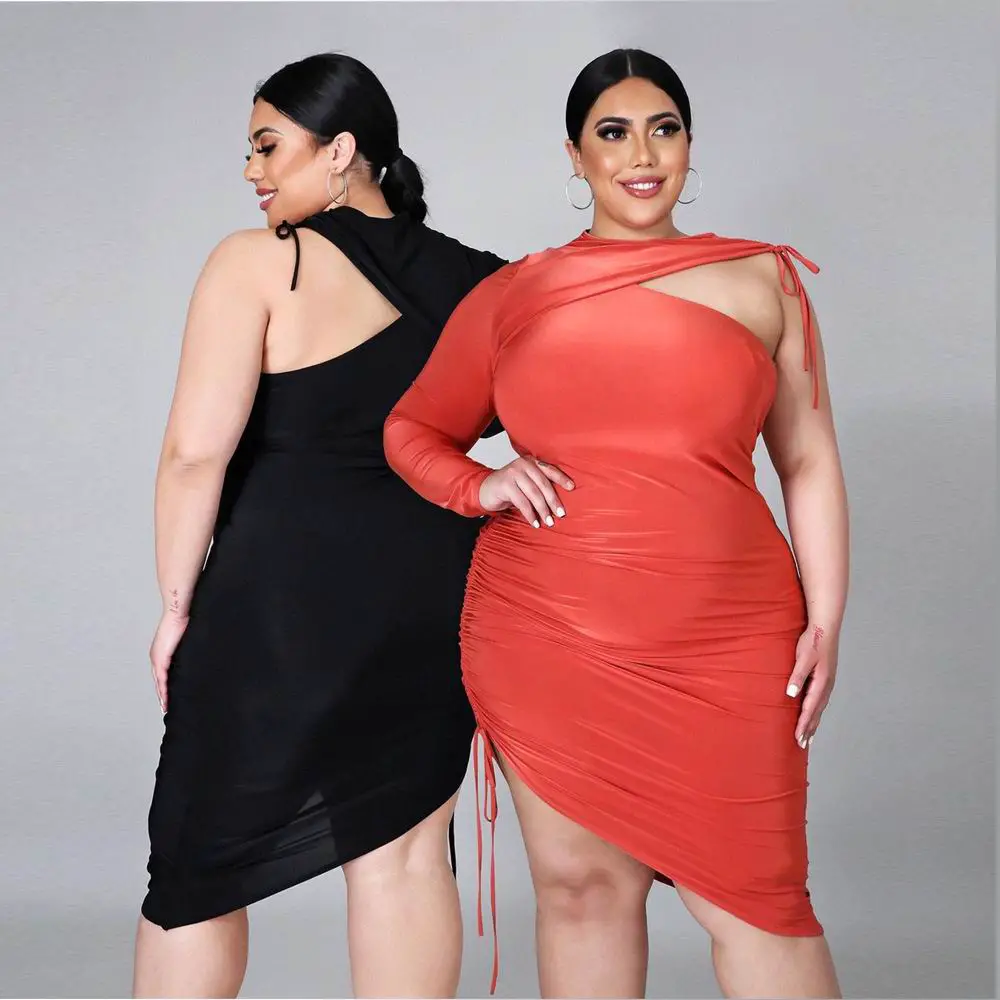
History of rayon fabric
When Rayon, cellulose-generated fabric was first introduced, it was meant as a fabric you can use in place of silk because silk is expensive. The truth is, Rayon does have a shiny appearance like silk but feels more like cotton in texture. The earliest form of generating Rayon was in 1855, by Georges Audemars.
In the form of viscose, Rayon was created by a French scientist called Hilaire de Chardonnet (father of rayon industry); after he invented artificial silk, the first manufactured textile fabric and displayed it at the Paris Exhibition in 1889. However, not until 1892 did two British scientists, Charles Frederick Cross and Edward john Bevan, expand on dissolving cellulose. The following year they came up with The Viscose Syndicate to give out licenses. And, four years later was the birth of British Viscoid co. Ltd.
High carbon disulfide emission is associated with the creation of Rayon. The production of Rayon has proven to be harmful, as people working in a factory that produces Rayon are vulnerable to the effects of carbon disulfide. Also, making Rayon was a form of punishment for political prisoners during the second world war.
Asides from the health effects, it also causes environmental pollution. The Carbon-bed technology combats the pollution issue and absorbs up to 90% of the carbon pollutant. This measure only seems to be used in Europe. Rather than in Asian countries like China and India, where the bulk of Rayon gets manufactured today.
How is rayon fabric made?
Out of the many innovative ways man tries to make substitutes, the rayon fabric was born from natural wood materials and chemical sciences. Making Rayon starts from selecting wood, from which a soda solution is used to cure the wood. This converts the wood to cellulose.
The next step is to transform the formed cellulose into a particular viscose solution and passed through a spinning machine to form slender fabric strands. The strands are more potent by subjecting them to a sulfuric acid solution. The chemical is washed off at the end of this process and bleached to remove impurities. When the strands are hardened, they are referred to as “Regenerated Cellulose,” an eco-friendly fabric good for the environment.
They can weave the strands into silk threads at this stage, which take several appearances based on the type of weave. Which can be from knits to satin weaves.
The pros of choosing rayon textile
Rayon is bio-degradable, making them high up in the list of fabrics you should add to your collection.
- Aside from being breathable, Rayon can be dyed into any color to create vibrant patterns, which can retain the colors if you take proper care of the fabric.
- Rayon is suitable for wearing in hot climate conditions because they do not cause heat to the body. They feel cool on the skin since they are an inexpensive replacement for a silk-like fabric.
- When used to sew, they are known for creating beautiful drapes.
- Rayon makes the best blend with other materials when woven with them.
Cons of buying rayon pieces
Rayon appreciates well when used to create clothing, but Rayon has its fair share of cons, like everything good.
- To maintain the vivid colors and shape of rayon garments, you must handle them carefully. Such as dry cleaning, which is one hassle most people like to avoid.
- They tend to be weak when wet because they are very soft. When handled poorly, clothes with Rayon lose shape and can hardly return to their original form. This makes them a terrible choice for upholstery.
- While its highly absorbent feature is regarded as an advantage to some people, others view it as a con when the fabric develops spots from absorbing skin oils and other liquids they have contact with.
Rayon vs. Cotton
They are both widely used textiles in making clothing items, but in comparison, you might prefer one over the other. They are unique in terms of appearance, feel and use, because while Rayon has the best draping qualities, cotton has a more durable texture to create incredible designs.
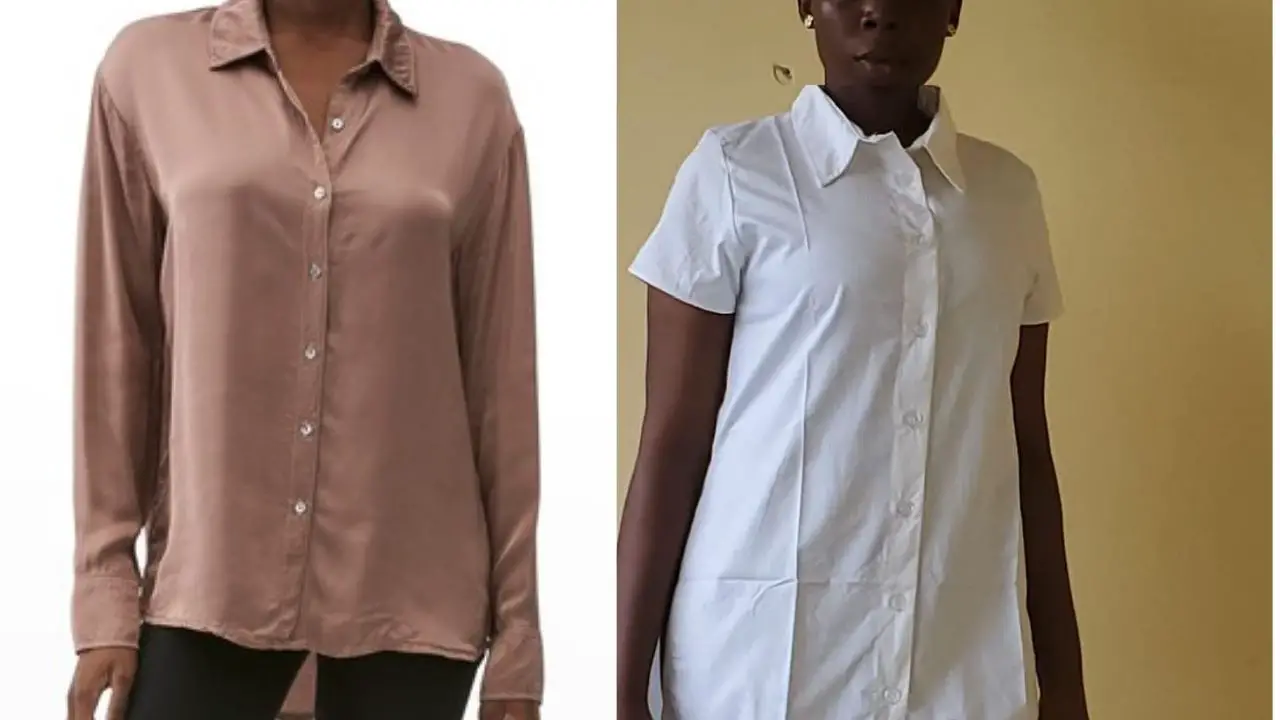
Based on the following points, you can distinguish Rayon from cotton:
- Cotton is 100% natural, as it is made from the fibers bolls of the cotton plant. While as aforementioned, Rayon is made from wood or bamboo pulp treated with chemicals.
- When Rayon is put in water, it becomes soft or weak; this does not apply to cotton because it goes strong when wet.
- Rayon is one of the softest semi-synthetic fabrics you can find regarding softness. For cotton, its softness is all-natural.
- Rayon fabric does not have any elastic properties but loses shape when miss-handled. Cotton has little elastin ability, and it stretches when made as knits.
There is no clear-cut way to determine which is the best among the two fabrics. It all comes down to your preferences and the impending use of the fabric.
Washing and caring for Rayon
Rayon fabric requires some extra care when you wash and press. The material has a great feel and texture, but it’s often not ideal for throwing into the washing machine. A pure rayon fabric will most likely expand, shrink, or bleed color without laundering it properly unless it is a rayon blend with cotton or polyester.
The most effective way to care for Rayon has always been to use dry cleaning and hand-washing to control the fabric better. However, you can still clean them in other ways. So, you always have to read the care instructions label before cleaning your rayon pieces. Here are some additional tips you can follow to make Rayon last longer:
- Use only cold water and mild washing soap on your rayon garments. It is weak when placed in water, so gently scrub it till it’s clean.
- After rinsing, do not hang the garment loosely; instead, dry on a line or lay flat to not lose its shape.
- If hand washing your clothes does not appeal to you, remember to keep the machine set on low or tender.
In summary, shopping for clothes made with Rayon is now on your list. It is way better if you already own rayon pieces, as you now have more knowledge. We all know rayon fabric makes cool summer outfits. You may also like to read this article, 15 different pleated skirts and how to wear them with anything.














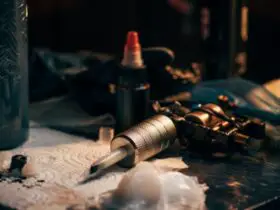


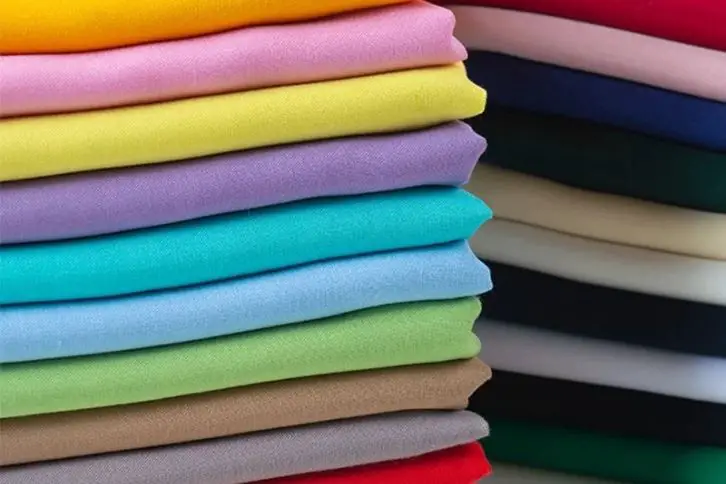

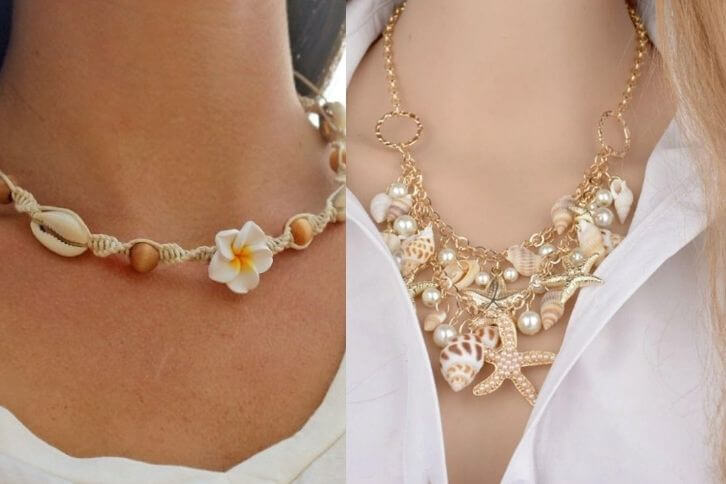
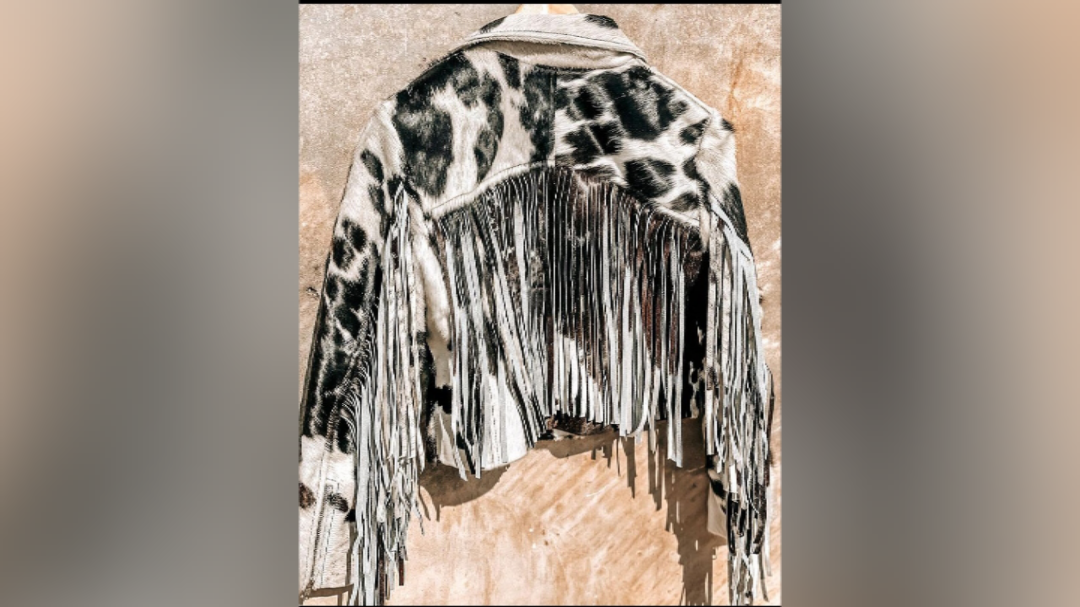
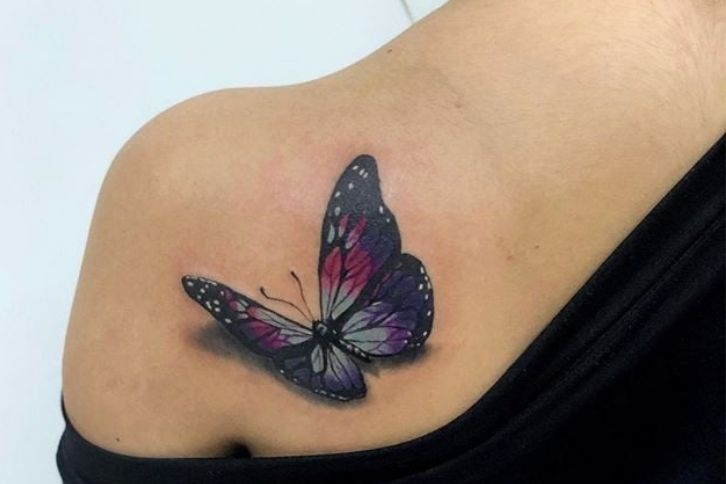
About Me
Fashion & Beauty Enthusiast
Hi, I'm Fanti. I'm a fashion, beauty, and lifestyle enthusiast, and the ultimate curves queen. Here, I share beauty, fashion, and lifestyle tips to teach, inspire, and give confidence to all women.